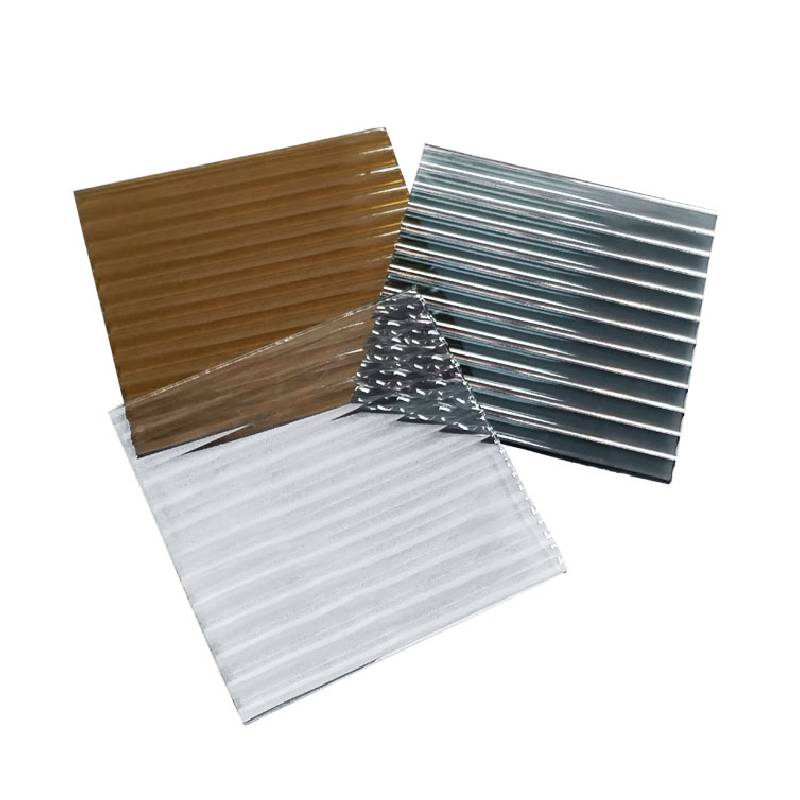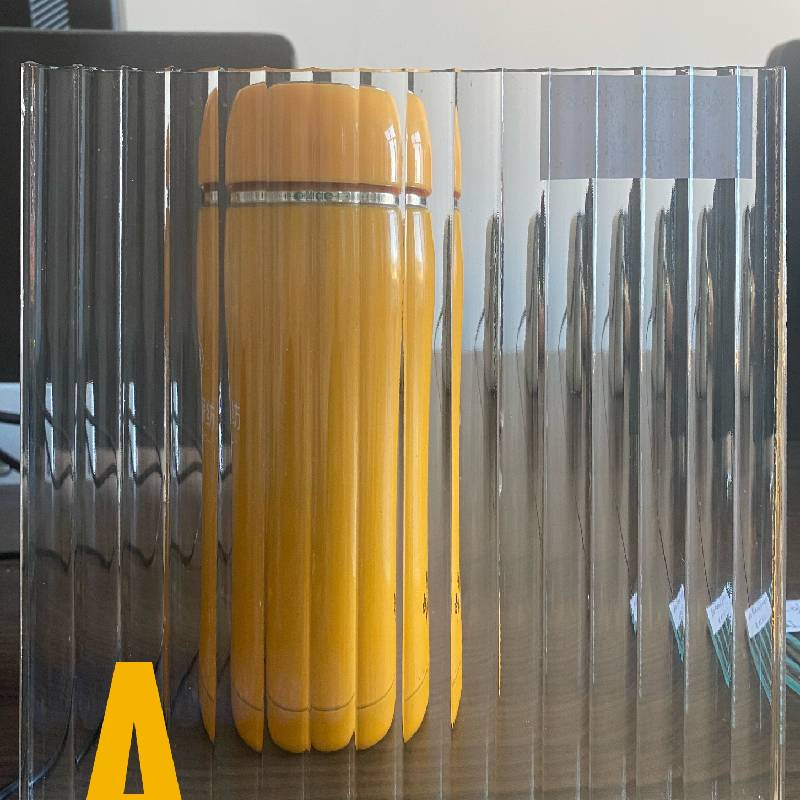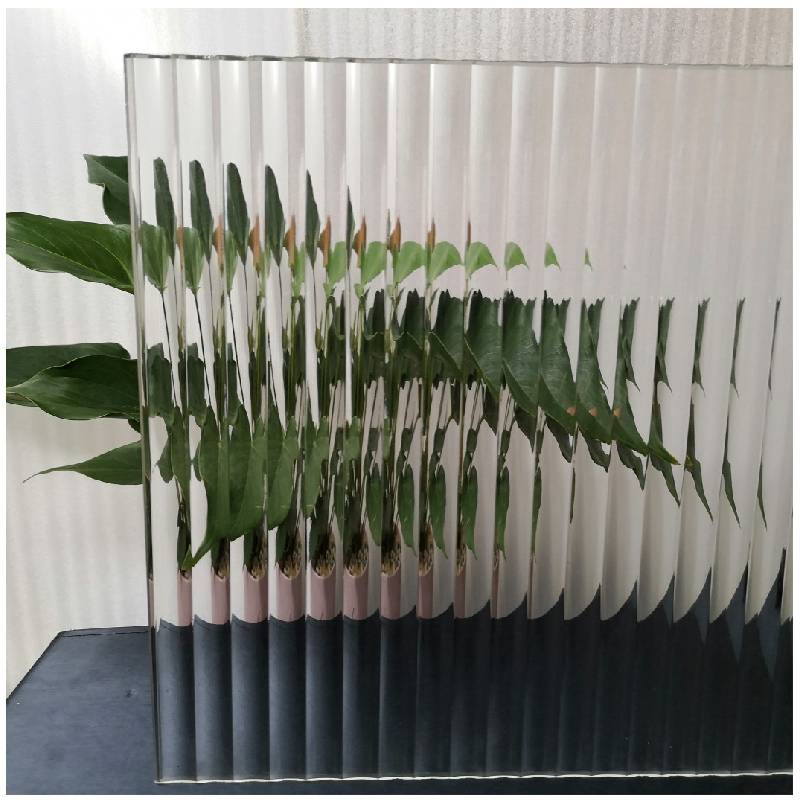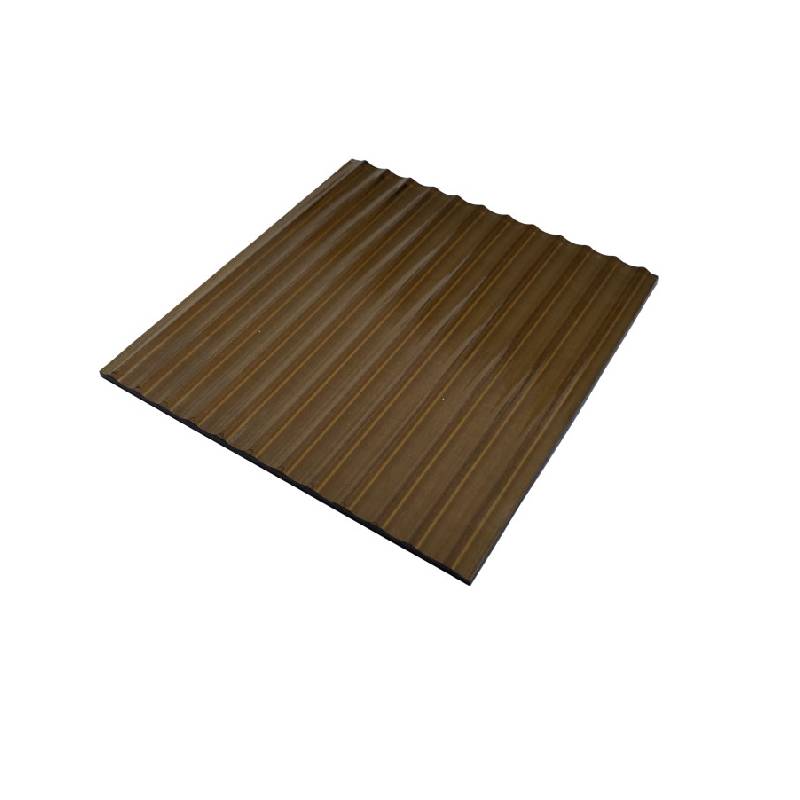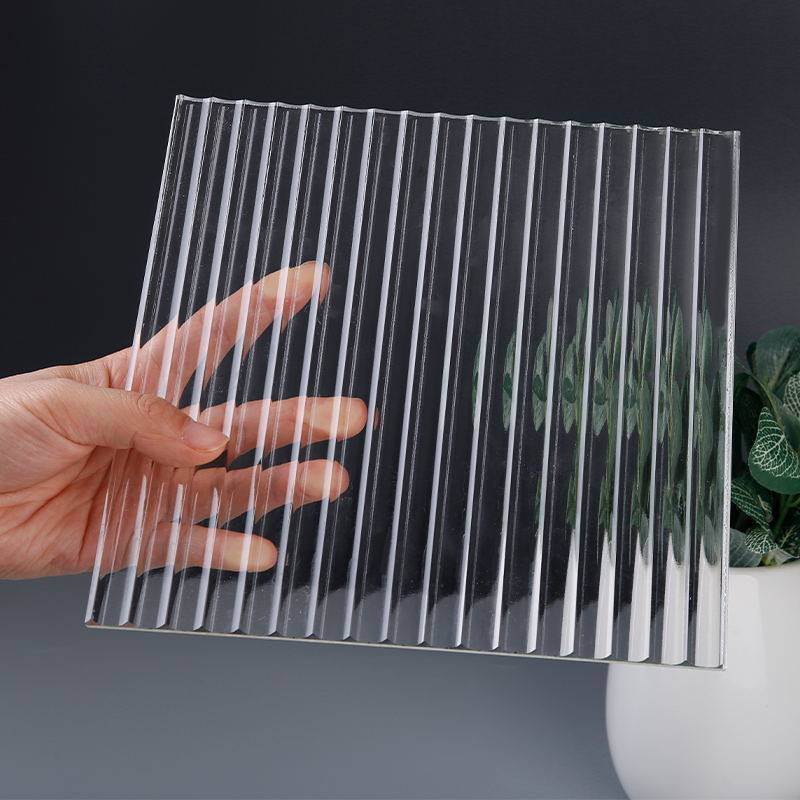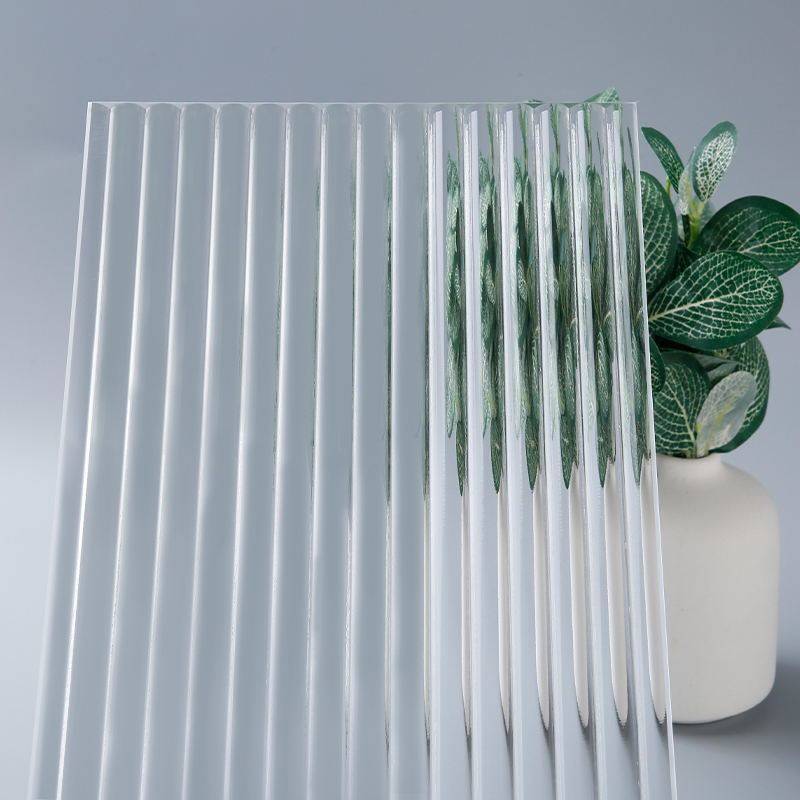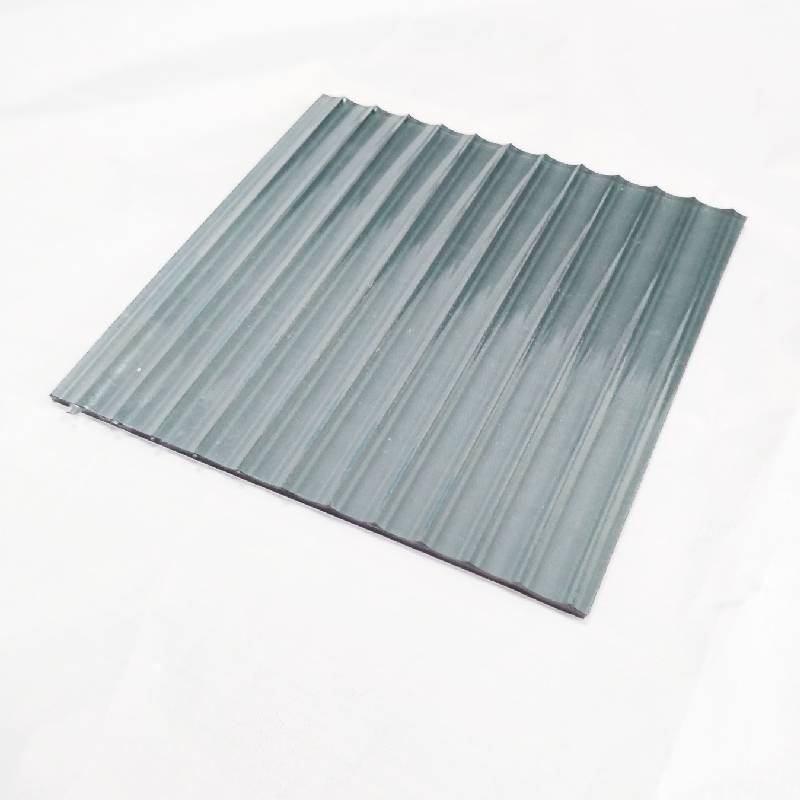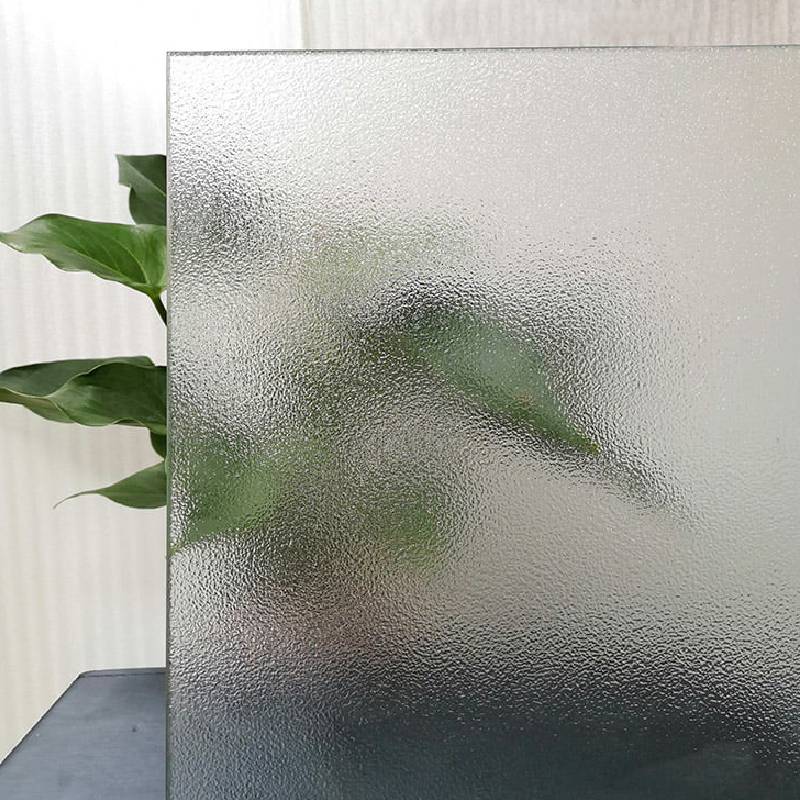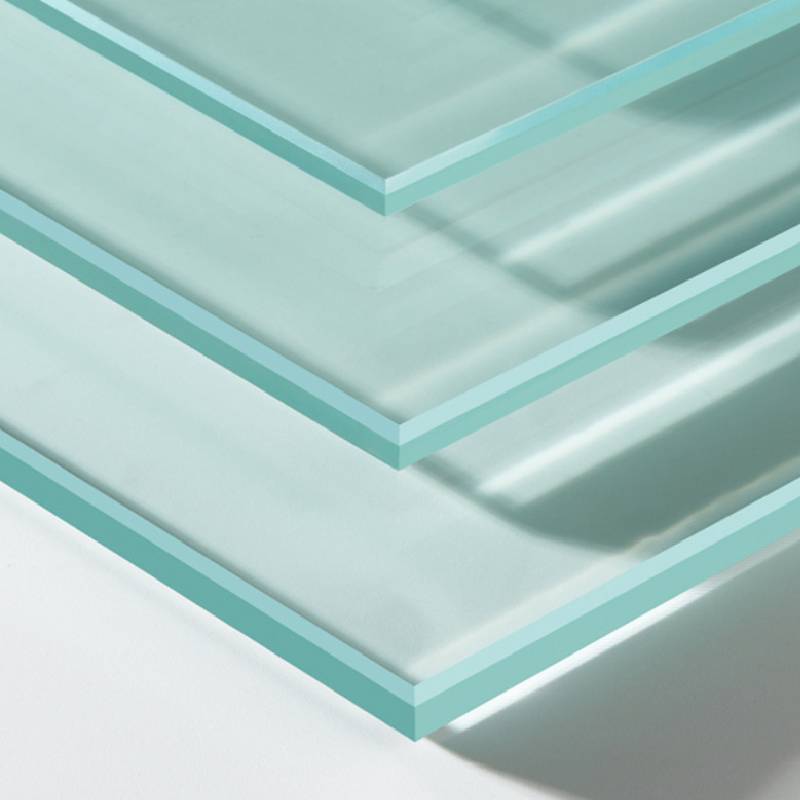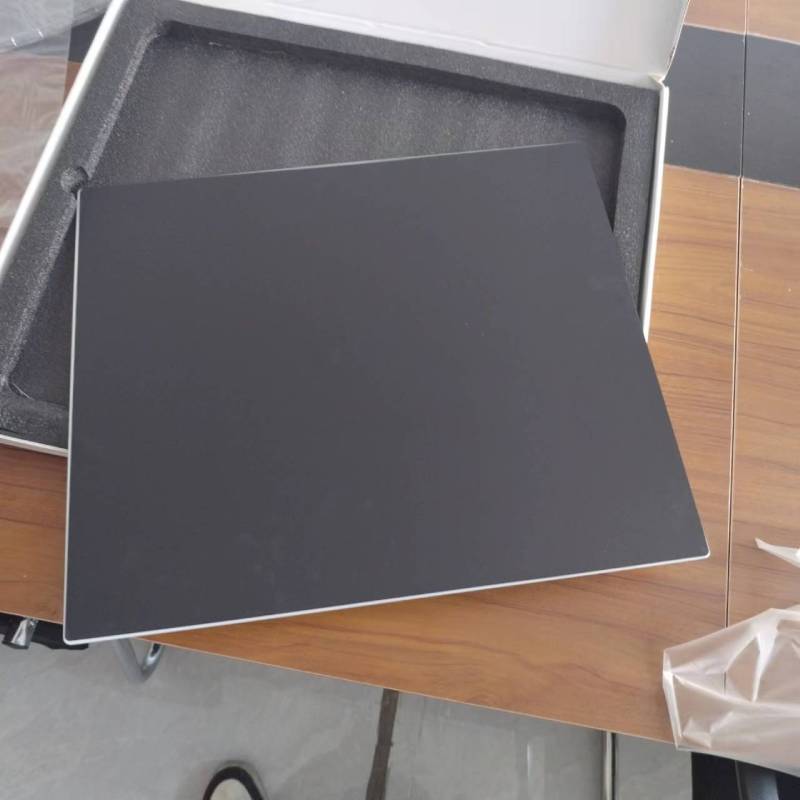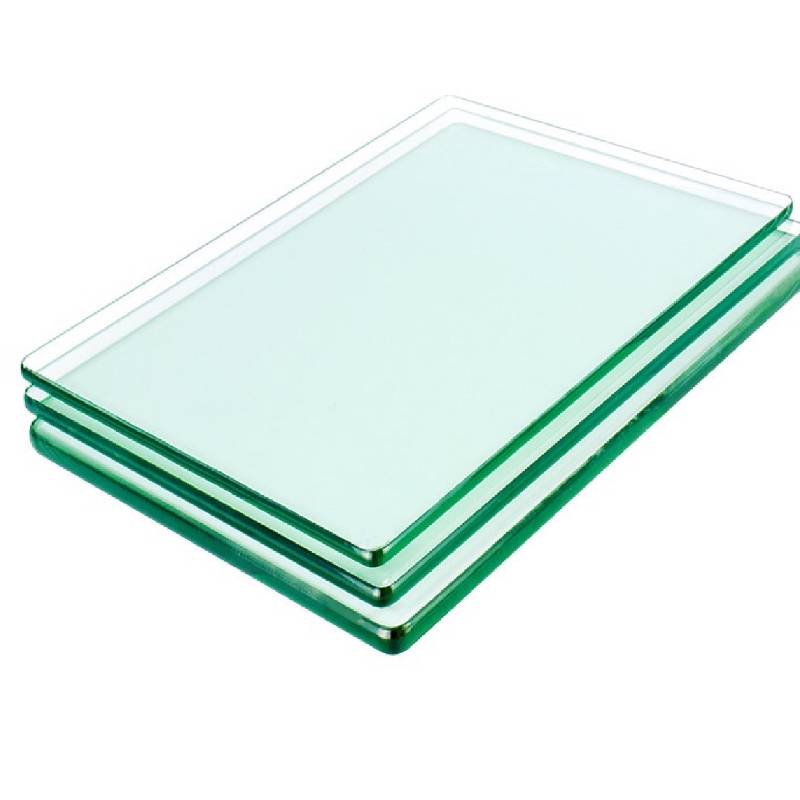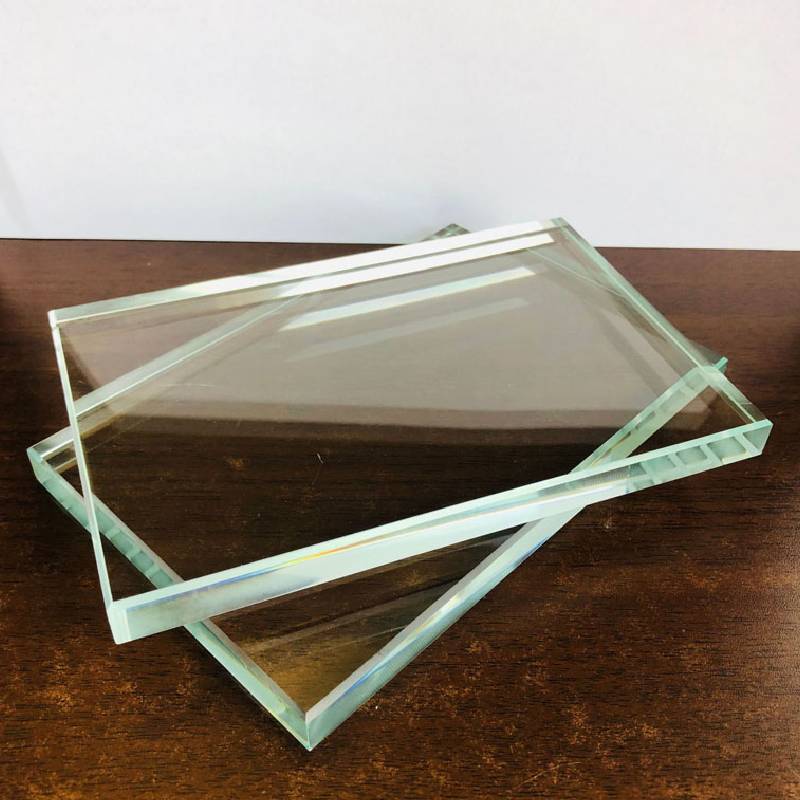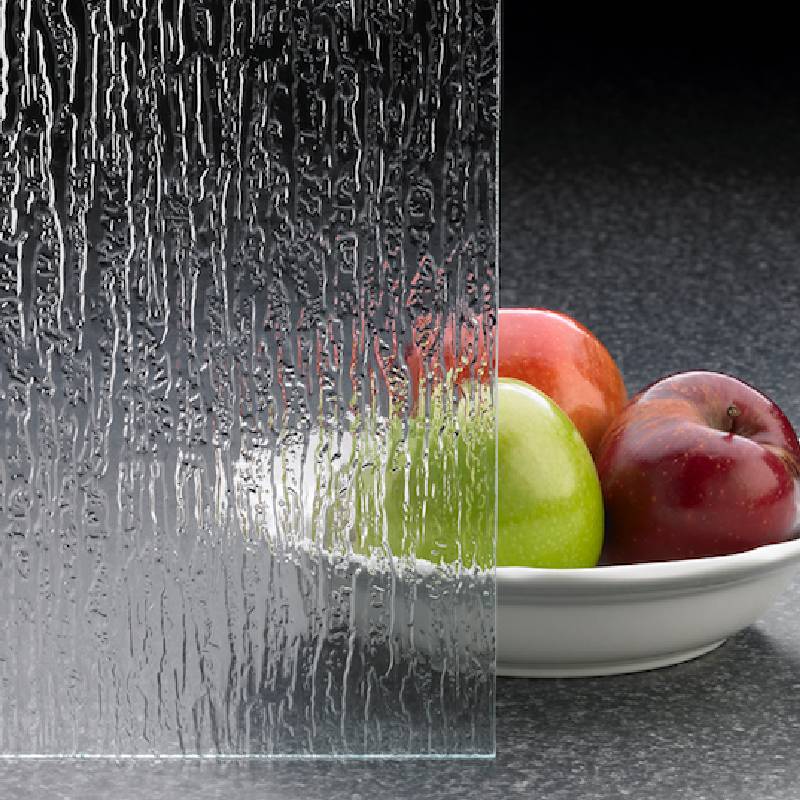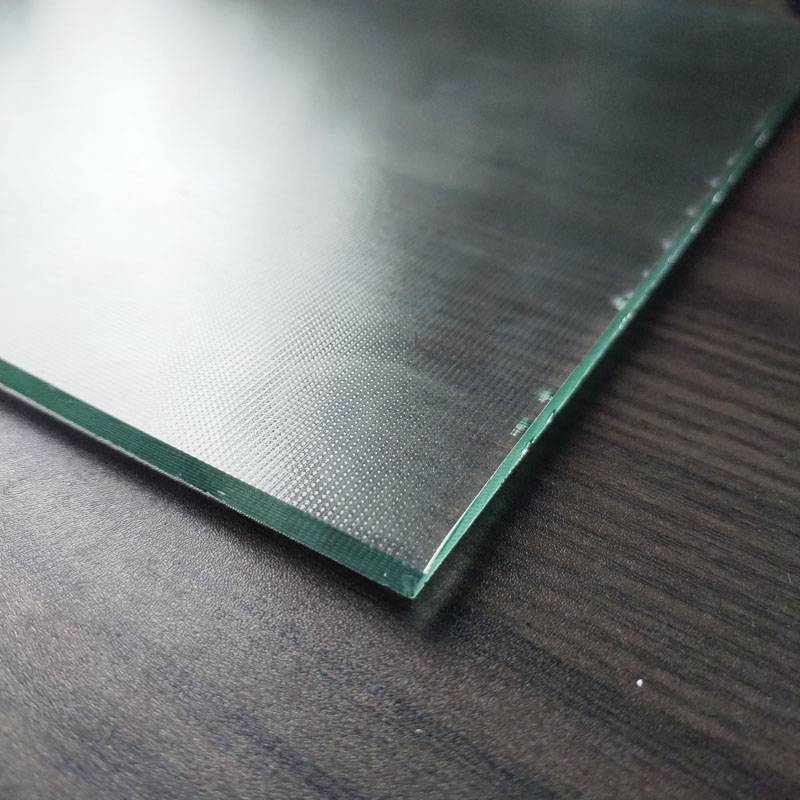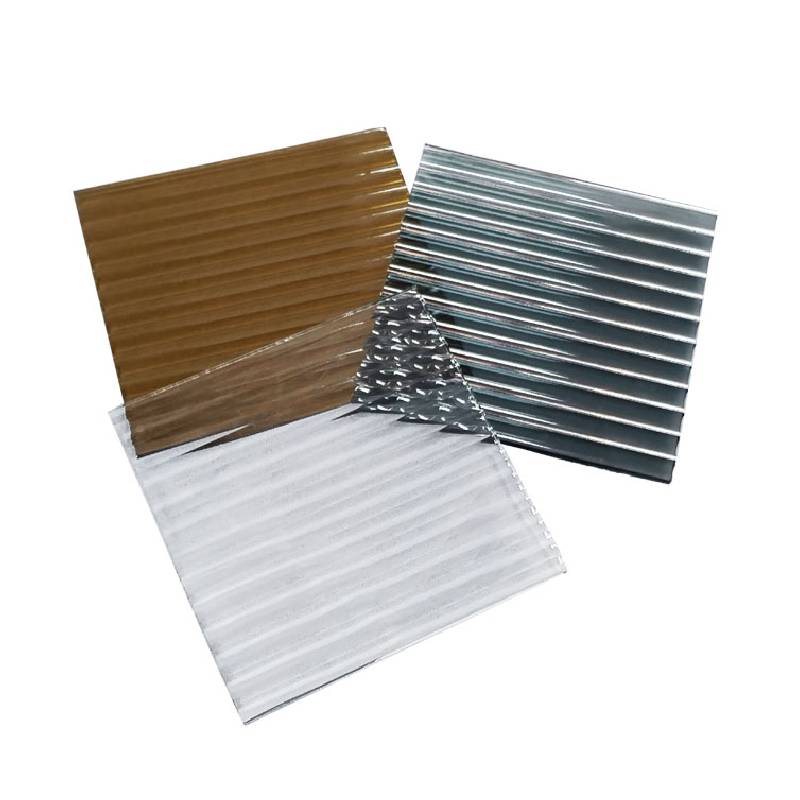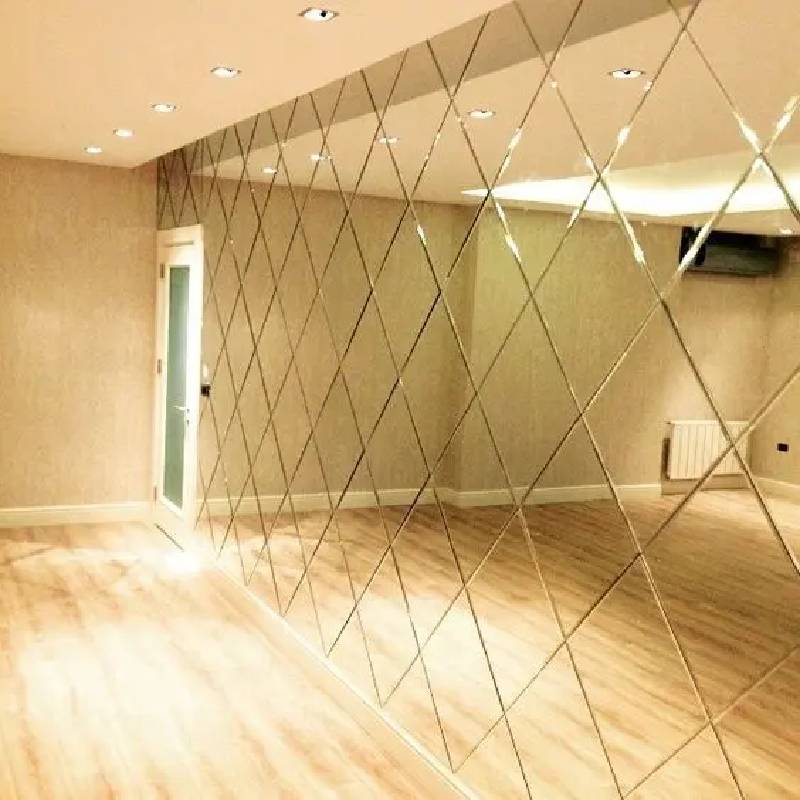- 1. Raw material selection: The process starts with the selection of high-quality raw materials, usually silica sand, soda ash and limestone. These materials were chosen for their purity and consistency, as they greatly influence the final quality of the glass.
2. Ingredients: The selected raw materials are accurately weighed and mixed together in specific proportions. This mixture, called a batch, is loaded into a furnace and melted.
3. Melting: The batch is fed into a furnace that is heated to extremely high temperatures, typically between 1,500 and 1,700 degrees Celsius (2,732 and 3,092 degrees Fahrenheit), depending on the type of glass being produced. Intense heat melts the batch into a viscous liquid called molten glass.
4. Shaping: Once the molten glass reaches the desired consistency, it is formed into the desired shape. This can be done by various methods such as blowing, pressing or moulding. For Moru glass, which often has intricate patterns, techniques such as glass blowing or hand shaping can be used to achieve the desired design.
6. Annealing: Newly formed glass undergoes a process called annealing to eliminate internal stress and strengthen the glass. This involves gradually cooling the glass at a controlled rate to ensure an even temperature distribution throughout the material.
7. Finishing: After annealing is complete, inspect the glass for any defects or blemishes. Any rough edges or sharp points are smoothed away, and the final product is cleaned and polished to enhance its appearance.
- 1. High transparency
Moru glass uses high-quality glass raw materials with high purity, so the transparency is very good and can provide excellent visual effects.
2. A sense of haziness
The vertical line texture of Moru glass has a simple geometric beauty and hazy feeling, which can have a semi-covering effect while maintaining spatial transparency.
3. Transparent but not see-through
Moru glass itself is glass, with the characteristics of glass itself transmitting light. In addition, due to its own grooves with a blurred matte surface, the reflected light, plants or decorations on the other side of the glass can be out of focus. More hazy beauty.
4. Good appearance and wide application
As a high-quality, high-transparency glass material, Moru glass has a variety of functions and functions. It has been widely used in construction, home decoration, automobile and other fields.
Clear Moru glass, ultra clear Moru glass, gray Moru glass, bronze Moru glass, golden Moru glass.
Regular thickness: 4mm, 5mm, 6mm, 8mm, 10mm
Regular size 2000*2440mm, 2100*2440mm, 2100*2800mm, 2100*3300mm
 Moafrika
Moafrika  Sealbania
Sealbania  Seamharic
Seamharic  Searabia
Searabia  Searmenia
Searmenia  Se-Azerbaijani
Se-Azerbaijani  Sebasque
Sebasque  Sebelarusia
Sebelarusia  Benghali
Benghali  Sebosnia
Sebosnia  Se-Bulgaria
Se-Bulgaria  Secatalan
Secatalan  Sebuano
Sebuano  Corsican
Corsican  Secroatia
Secroatia  Czech
Czech  Sedanishe
Sedanishe  Se-Dutch
Se-Dutch  Senyesemane
Senyesemane  Esperanto
Esperanto  Seestonia
Seestonia  Sefinnishe
Sefinnishe  Sefora
Sefora  Sefrisia
Sefrisia  Segalician
Segalician  Segeorgia
Segeorgia  Sejeremane
Sejeremane  Segerike
Segerike  Segujarati
Segujarati  Secreole sa Haiti
Secreole sa Haiti  hausa
hausa  siwaiian
siwaiian  Seheberu
Seheberu  Che
Che  Miao
Miao  Se-Hungary
Se-Hungary  Seiceland
Seiceland  igbo
igbo  Seindonesia
Seindonesia  irish
irish  Setaliana
Setaliana  Sejapane
Sejapane  Se-Javanese
Se-Javanese  Kannada
Kannada  kazakh
kazakh  Khmer
Khmer  Rwanda
Rwanda  Sekorea
Sekorea  Sekurdish
Sekurdish  Sekyrgyz
Sekyrgyz  Lefuba
Lefuba  Selatine
Selatine  Selatvia
Selatvia  Selithuania
Selithuania  Se-Luxembourgish
Se-Luxembourgish  Semacedonia
Semacedonia  Malgashi
Malgashi  Semalay
Semalay  Semalayalam
Semalayalam  Semalta
Semalta  Semaori
Semaori  Marathi
Marathi  Mongolian
Mongolian  Myanmar
Myanmar  tsa Nepali
tsa Nepali  Norwegian
Norwegian  Norwegian
Norwegian  Occitan
Occitan  Sepashto
Sepashto  Sepersia
Sepersia  Sepolishe
Sepolishe  Sepotoketsi
Sepotoketsi  Sepunjabi
Sepunjabi  Seromania
Seromania  Serussia
Serussia  Sesamoa
Sesamoa  Segaeli sa Scotland
Segaeli sa Scotland  Seserbia
Seserbia  Senyesemane
Senyesemane  Seshona
Seshona  Sindhi
Sindhi  Sesinhala
Sesinhala  Seslovak
Seslovak  Seslovenia
Seslovenia  Somalia
Somalia  Sepanish
Sepanish  Sesundanese
Sesundanese  Seswahili
Seswahili  Seswedishe
Seswedishe  Setagalog
Setagalog  Se-Tajik
Se-Tajik  Setamil
Setamil  Setatare
Setatare  Setelugu
Setelugu  Sethai
Sethai  Se-Turkey
Se-Turkey  Turkmen
Turkmen  Seukraine
Seukraine  Seurdu
Seurdu  Uighur
Uighur  Seuzbek
Seuzbek  Se-Vietnamese
Se-Vietnamese  Welsh
Welsh  Thusa
Thusa  Yiddish
Yiddish  Yoruba
Yoruba  Sezulu
Sezulu 

